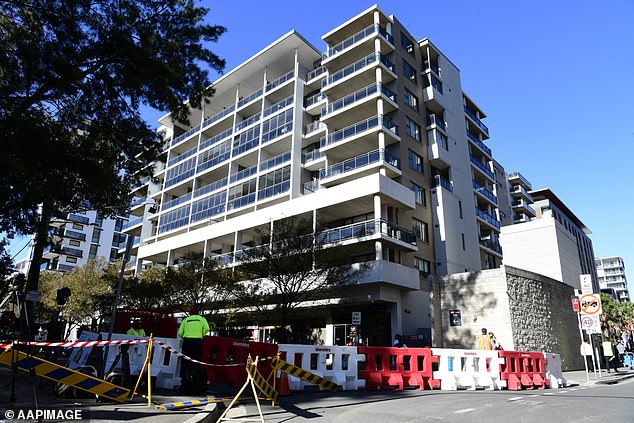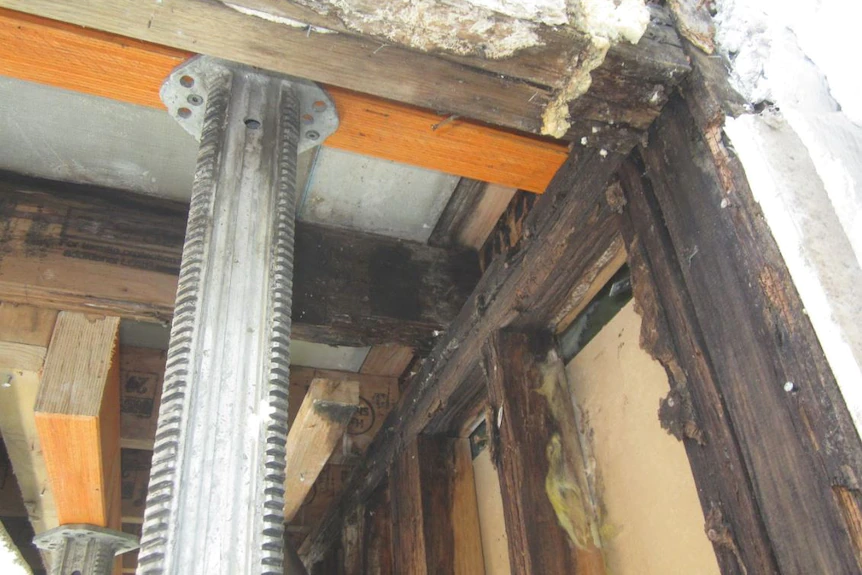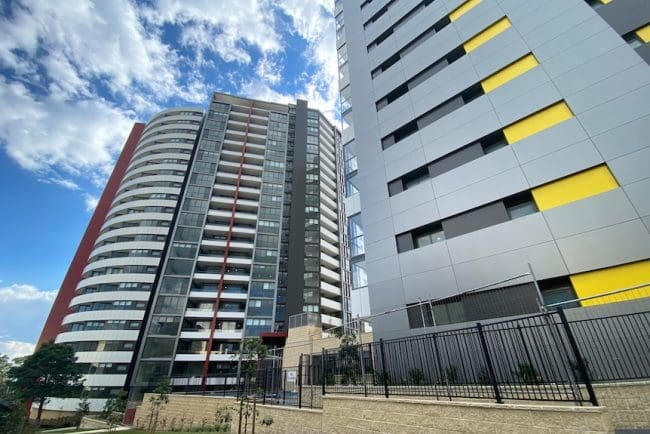For the past couple of weeks we have been writing (and talking) about a case study that detailed the battle of one block in Sydney that got bogged down in legal claims and counter-claims about defects.
Those arguments ended up costing the owners and developers more than $2.5 million collectively – and still didn’t fix the defective balustrades that prevented owners from using their balconies.
Okay, that’s a horrendous financial and emotional cost that has occurred because of developers skimping on building inspections and certification, then disappearing into the ether when their cut corners and contractors’ shoddy work caught up with them.
If this all sounds terribly familiar, this is certainly not the first community, nor will it be the last, to suffer this particular brand of Hell on earth. But what makes it different is a microscopically detailed account of the apartment block’s years-long, multi-million dollar battle to get its defects fixed.
It’s not often that you can say an apartment project started with God on its side, encountered years of disputes, despair and dismay, but was then resolved by a higher power.
However, as related in the case study ordered by NSW Building Commissioner David Chandler, that’s what happened at the Otto 2 apartment block in Rosebery, Sydney.
As “Broken Promises, Blame Games and Balconies” relates in granular detail, the development started as a plan by the Sydney Christian Life Centre (SCLC) to build a new church.
When that was blocked, it was resurrected as a project to build two apartment blocks. The ensuing battles between owners and developers would be typical of the development mess that saw Mr Chandler appointed in the first place.
The 33-page case study, published this month by the Office of the Building Commissioner (OBC), was written by Bronwyn Weir, a lawyer highly regarded for her expertise in building regulation and co-author of the influential Shergold-Weir report on the apartment development industry.
The resulting narrative is Biblical in its scope. The project was ultimately passed on to Icon, developers who would soon be in the public spotlight due to serious flaws in its Opal Towers building resulting in an emergency evacuation of residents.
There was soon also trouble at one of its two Otto towers, including accusations of delays in identifying multiple building defects, sacked strata managers, and denial of responsibility and liabilities.
Against that there was the apartment purchasers’ determination to have defects rectified, vociferous and expensive legal battles and the developer going bust, it said, due to the resulting legal bills.
Although there had been issues with defects from when the building was completed in 2015, this David and Goliath battle really kicked off in 2018 , when the owners in Otto 2 discovered the balcony balustrades were unsafe.
The following year engineers advised that residents above the first floor should be banned from going on to their balconies.
And so the saga rumbled on, resulting ultimately in a compromise pay-out for the owners, although the balconies were, according to the case study, still inaccessible as recently as February this year.
In the midst of this saga, the Residential Apartment Buildings Compliance and Enforcement Powers (RAB) Act was brought in, allowing the OBC to step into defects disputes.
Meanwhile the standards expected of certifiers were radically overhauled, making them more authoritative but, to investors’ possible concern, also considerably more expensive.
However, as he says in his foreword, Mr Chandler believes the case study illustrates how an enhanced inspection and certification process pays for itself many times over.
He explains that the Otto 2 certifier who charged $41,000 for the work, would now charge $340,000 under the current, more exacting standards. This would have increased the cost of certification from $300 per unit to $2,377 per unit.
In comparison, by the time the dispute was settled the owners had spent more than $750,000 in legal and expert fees which, when added to the builders’ and developers’ fees in defending the case, brings the total ancillary cost to about $2.5 million, or $17,500 per unit, all up.
In other words, get it right at the start and you may save yourselves a lot of money and years of grief down the track.
The case study is essential reading for anyone involved in the apartment industry. It’s both a cautionary tale – a parable, if you like – and a blueprint for a better way of building apartments in the future.
You can read my deep dive into the revealing “comments” annex to the study here. And you can hear David Chandler’s thoughts about it, in his own voice, in this week’s Flat Chat Wrap podcast.
A version of this column first appeared in the Australian Financial Review.





› Flat Chat Strata Forum › Current Page
Tagged: Chandler, committee, defects, Otto2, podcast, Strata
For the past couple of weeks we have been writing (and talking) about a case study that detailed the battle of one block in Sydney that got bogged dow
[See the full post at: Why the Otto2 case study is such a big deal]
The opinions offered in these Forum posts and replies are not intended to be taken as legal advice. Readers with serious issues should consult experienced strata lawyers.
› Flat Chat Strata Forum › Current Page
› Flat Chat Strata Forum › Current Page